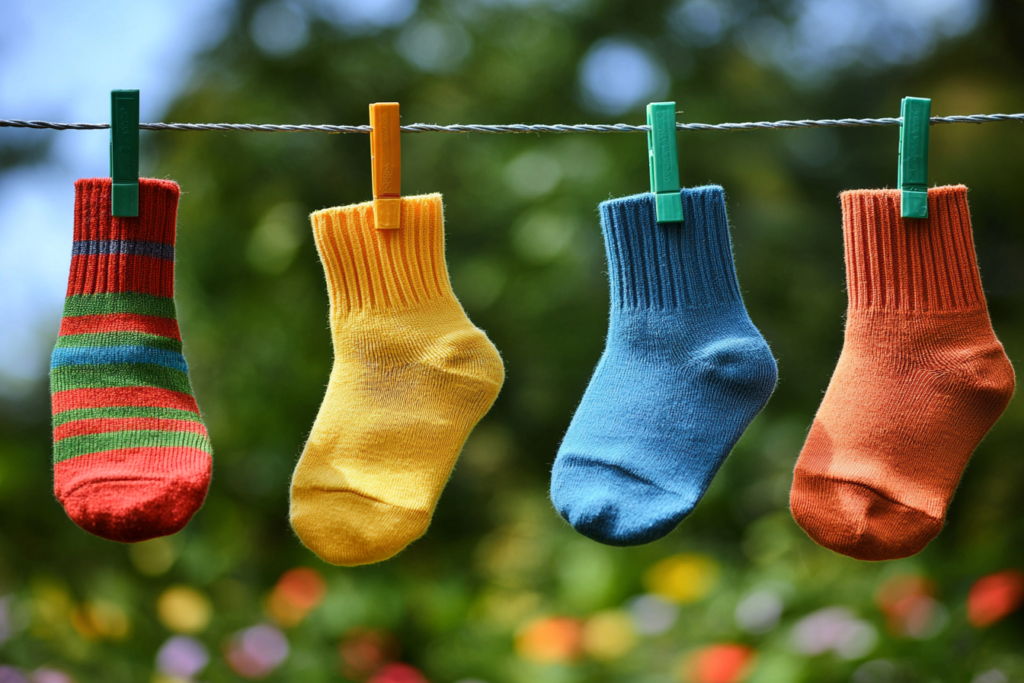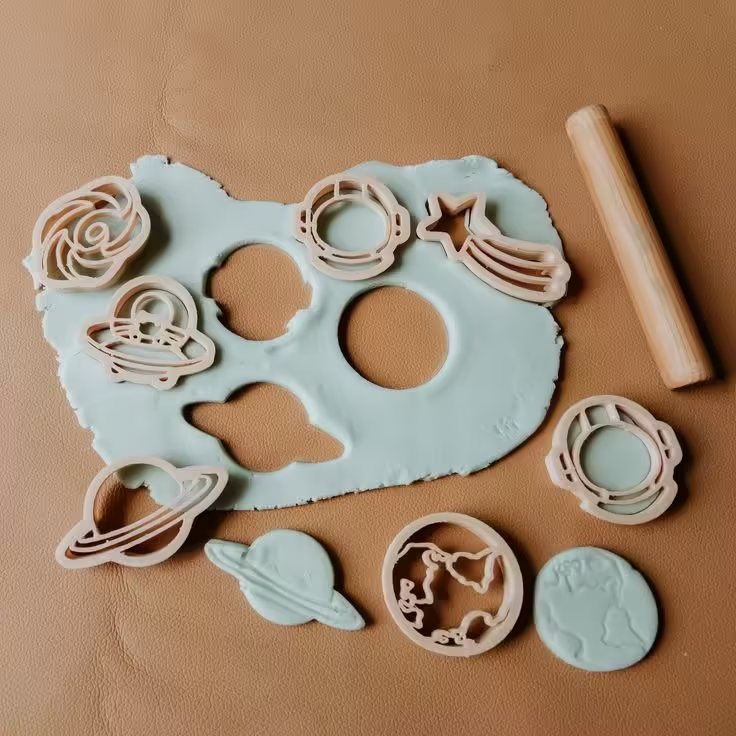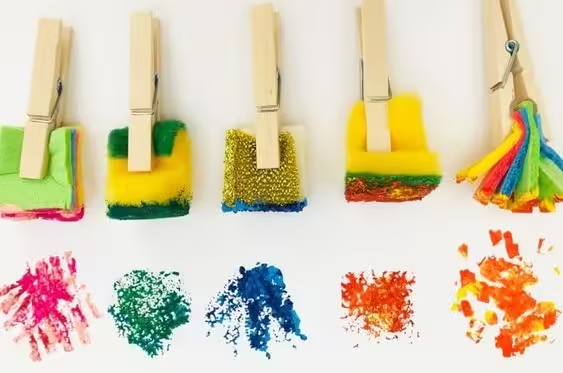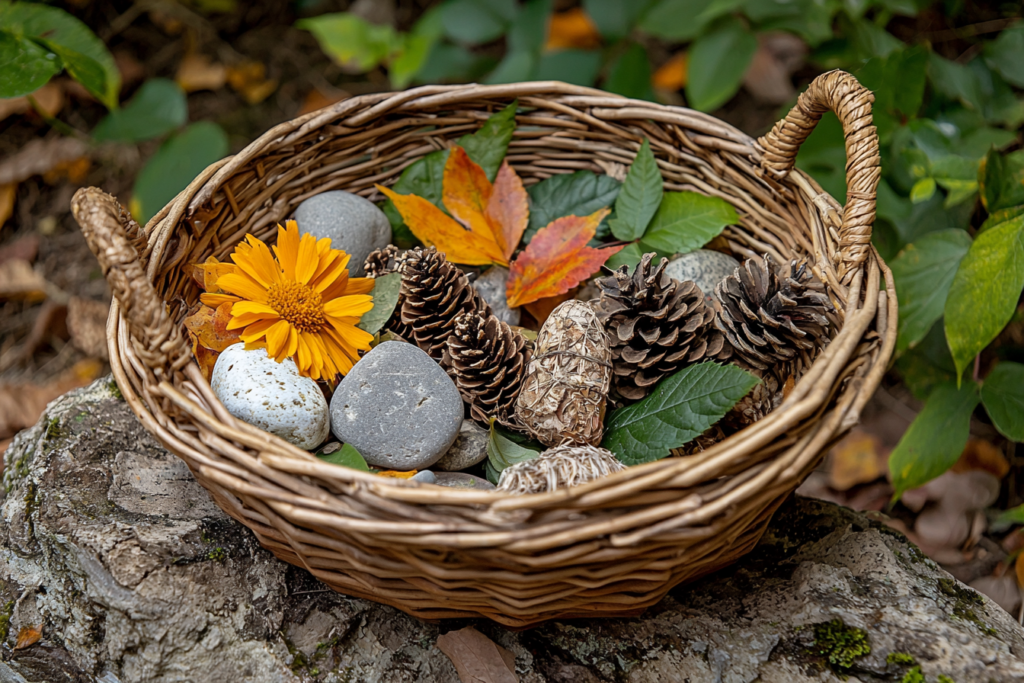This site contains affiliate links, view the disclosure for more information.
18 Indoor Montessori Activities For Toddlers
If you’ve been following my blog for a while, you probably know I’m all about free play and wholeheartedly believe it is the best type of play for child development.
That said, there is absolutely nothing wrong with setting up some intentional activities sometimes. These structured activities offer a chance to focus on specific skills and bring your toddler different experiences.
Montessori activities are grounded in Montessori principles and encourage cooperation, autonomy, and intrinsic motivation through games and real-life activities or “chores” that children also perceive as play.
Read more: A Beginner’s Guide to the Montessori Method.
1. Transferring with Tongs
Provide a bowl of cotton balls and a pair of child-safe tongs. Have your toddler transfer the cotton balls (or some other small object) from one bowl to another. This activity strengthens fine motor skills and upper body muscles.

2. Toddler-Appropriate Puzzles
Start with simple wooden puzzles that have 4 to 10 large, sturdy pieces. Avoid complex designs or flimsy paper puzzles at first, as they can be frustrating. As your toddler improves, gradually introduce puzzles with more pieces or different formats.
Puzzles are one of the best activities for cognitive development, problem-solving, spatial awareness, and fine motor skills, and my absolute favorite for building focus and patience.
Read more: 7 Simple Activities for Boosting Your Toddler’s Fine Motor Skills.
3. Window Washing
Give your toddler a small spray bottle with water and a cloth. Show them how to spray and wipe down windows. It mimics practical life tasks and fosters independence and a sense of belonging.
Read more: 20 Screen-Free Fall Activities for Kids.

4. Matching Lids
Collect a variety of child-safe containers like bottles, jars, and cans. Cut off the tops of each container and glue them securely onto a sturdy piece of cardboard. Then, gather the corresponding lids in a basket. Encourage your toddler to match each lid to the correct recipient top.
This activity enhances problem-solving skills, hand-eye coordination, and fine motor development, while also introducing the concept of size and shape matching in a fun, interactive way.

5. Leaf Rubbing
Gather leaves from outside and tape them to a hard surface. Place paper over them and give your toddler crayons to rub over the paper, revealing the leaf patterns underneath. This combines art with sensory exploration.
Read more: 6 Easy Ways to Get Started With Montessori at Home.

6. Sewing with a Lacing Board
Offer a wooden lacing board or cardboard with holes and a thick shoelace. Let your toddler practice threading the lace through the holes, which promotes fine motor skills and concentration.
7. Cutting Veggies
Provide your toddler with a child-safe knife and soft vegetables like cucumbers, bananas, or zucchini. Show them how to safely hold the knife and slice the vegetables into small pieces. This hands-on activity enhances fine motor skills, hand-eye coordination, and gives them a sense of responsibility as they help with meal preparation.
Supervision is key, but this activity also builds confidence and fosters independence in practical life tasks. You can involve them in preparing your family’s meals, which is a very important Montessori principle.
8. Sock Matching and Folding
Gather a variety of clean socks in different colors and sizes and ask your toddler to help you match pairs by color or pattern. Once the socks are matched, show them how to fold the pairs together. This activity helps develop sorting skills, visual discrimination, and fine motor skills while teaching practical life skills like folding laundry.

9. Playdough and Cookie Cutters
Provide your toddler with some homemade or store-bought playdough and a variety of cookie cutters. You can also use themed cutters (e.g., animals, letters) to make it more educational, adding an element of fun to sensory play!

10. Sponge Art
Provide sponges and a shallow tray of water with food coloring or paint. Show your toddler how to dip the sponges in water/paint and press them onto paper to create colorful sponge prints.
You can also cut the sponges into different shapes to make it even more fun!

11. Nature box
Create a Nature Box where your toddler can collect and explore natural objects like leaves, rocks, sticks, pinecones, flowers, and shells. After a walk outside, encourage them to place their finds in the box/basket. At home, they can sort and examine the items, perhaps using a magnifying glass.
You can also rotate the objects in the box, offering new items for sensory exploration and sparking curiosity about the natural world.

12. Tea party
Organize a tea party with your toddler. Provide a real tea set (as suggested by Dr. Maria Montessori) and prepare some tea and snacks together.
Let your toddler pour the tea, serve the snacks, and practice table manners.
You can invite their stuffed animals or dolls to the party, adding an imaginative and fun element!

13. Object hide and seek
Hide small objects like toy animals or cars under fabric or small boxes and encourage your toddler to find them. Then switch places and let them hide and you search.
14. Velcro Dart Board Play
Set up a child-friendly Velcro dart board and provide soft Velcro balls or darts. Show your toddler how to throw the balls at the board. This helps improve their hand-eye coordination, focus, and motor control in a fun, engaging way.
You can adjust the distance based on your toddler’s abilities and even turn it into a counting activity by counting the points on the dart board together.

15. Treasure Hunt with a Sensory Bin
Fill a bin with rice, sand, or beans and hide small objects (like toy animals, buttons, or beads) inside. Give your toddler a small spoon or their hands to dig and find the “treasures.” This enhances sensory exploration and discovery.

16. Cooperative painting
Set up a large sheet of paper on a table or the floor and provide non-toxic paints and brushes. Invite your toddler to paint alongside you or with another child. This activity promotes social interaction, teamwork, and creativity as the children work together to create a shared artwork.

17. Flower Arranging
Provide a small vase, water, and some real or artificial flowers. Show your toddler how to trim the stems (if real flowers) and arrange them in the vase.

18. Pouring game
Set up a line of containers or recipients arranged from largest to smallest. Start by filling the largest container with water, beans, or rice, and encourage your toddler to pour the contents into the next, slightly smaller container. As they go along the line, each container gets smaller, requiring more focus and control to avoid spilling.
This activity is excellent for developing hand-eye coordination, concentration, and fine motor control. It also introduces concepts like size comparison and volume in a hands-on, playful way!
Read more: Best Way to Handle Tantrums According to Neuroscience.









